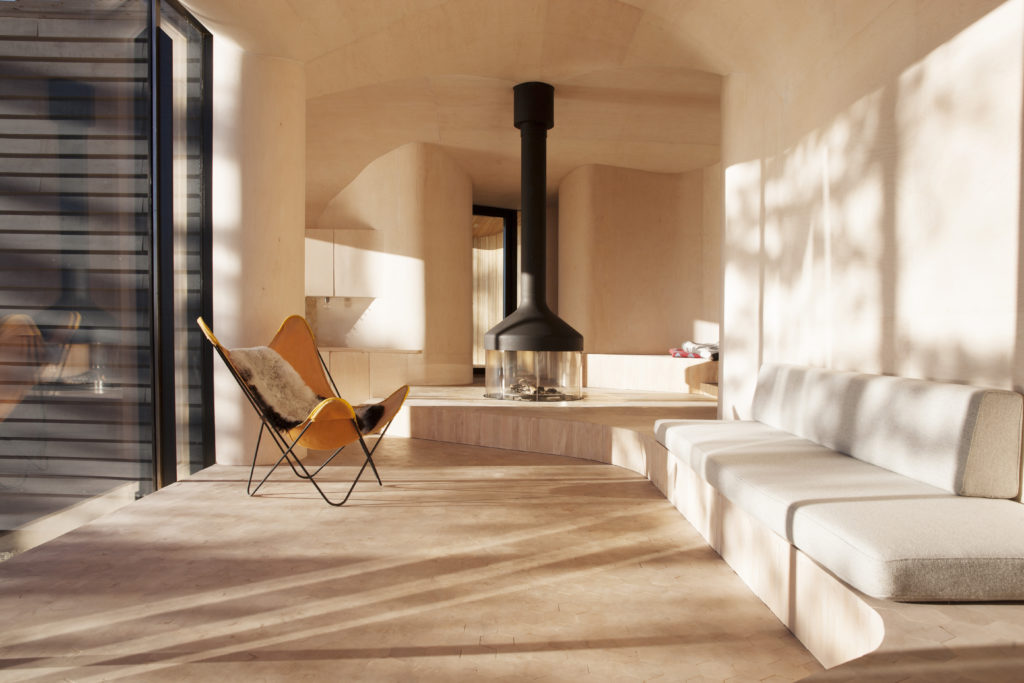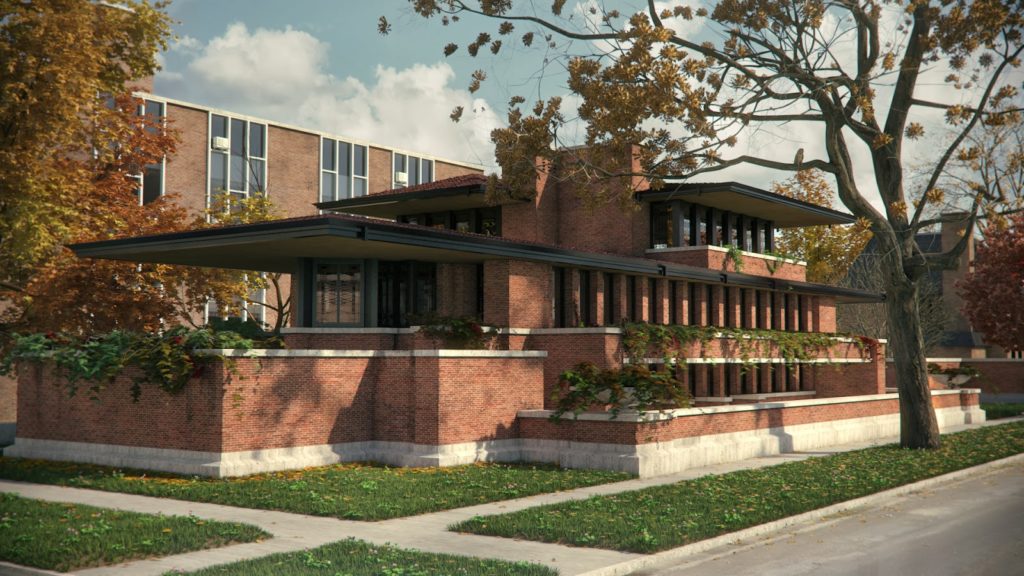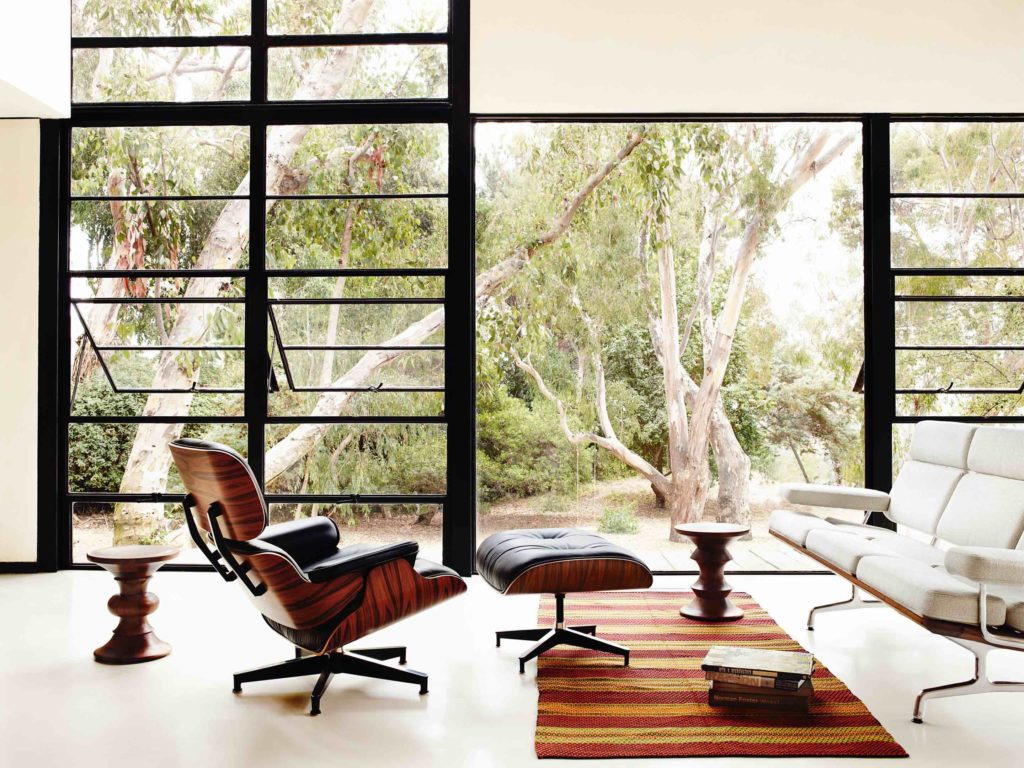Architizer Journal is reader-supported. When you buy through links on our site, we may earn an affiliate commission. Learn more.
Is the coffee table book a form of conspicuous consumption? The writers of Seinfeld seemed to feel this way. In season 5, Kramer publishes a coffee table book about coffee tables that also – get this – doubles as a coffee table with little foldable legs.
This wonderfully meta skewering of the genre might have had something to do with Jerry’s own aversion to the practice of displaying books in the home. “What’s the obsession people have with books?” Jerry mused to George in season 2. “They put them in their houses like they’re trophies! What do you need it for after you read it?”
Jerry knew the answer to this, of course: people keep books around to show off their good taste! They needn’t be ashamed of this, though. Your taste is part of your identity, part of what makes you human — an increasingly precious quality these days. And coffee table books are also an important conversation piece when guests come over.
As an Architizer reader, you want your coffee table to speak to your interests and erudition. It wouldn’t just be gauche to cover your coffee table with old issues of Mad magazine; it would be dishonest. These texts do not speak to who you really are — not anymore, anyway. But the following titles do, which is why you should order your copies today!
Architizer: The World’s Best Architecture

First up is the newest annual addition of Architizer’s The World’s Best Architecture series. Featuring stunning photos and information for over 120 A+ winning projects, there is really no alternative to this series when it comes to surveying the year in architecture.
Everything in here can be described as a “highlight,” but some of the most high profile featured projects are the Winter Park Library & Events Center, by Adjaye Associates, Botanical Pavilion by Geoffrey Nees and Kengo Kuma and Associates, Depot Boijmans van Beuningen, designed by MVRDV, National Dutch Holocaust Memorial of Names, by Studio Libeskind and Rijnboutt, and of course Little Island, by Heatherwick Studio. (n.b. That last project is a great vantage to observe David Hammons’s 2022 sculpture “Day’s End,” an important work of architectural art in its own right.)
Resident Dog: Incredible Homes and the Dogs Who Live There

A beautiful, warm, minimalist itnerior. Not pictured: a dog. Image: Interior of cabin in Norway designed by Atelier Oslo. Via Architizer.
Mies van der Rohe once said that a house is only as good as the dog that lives in it. Ok, this isn’t true, but if he did say this it would have been apt.
A house without a pet is not really a home, a fact that is borne out in dozens of amazing photographs in both volumes of Nicole England’s “Resident Dog” series. The architecture inside ranges from minimalist Scandinavian to stately Edwardian. Similarly, the dogs range from the sturdy labrador to the playful pomeranian. It is always interesting to see how people’s taste in architecture relates to their taste in dogs.
If you only buy one of these books, we recommend volume 2, if only because it features Mexico City’s iconic Casa Barragán and its eight canine residents: Frida, Boris, Chich, Kuma, Carlota, Solovino, Chuleta, and Yrrol. It’s hard not to envy this crew, who spend their days lounging in the complex’s iconic courtyards, soaking up the Mexican sun.
Frank Lloyd Wright: The Houses

Robie House, Courtesy Frank Lloyd Wright Foundation
Coffee table books are not for reading cover to cover. They are for perusing, flipping through idly in search of solace, inspiration, or merely a vibe. And no architect understood vibes better than Frank Lloyd Wright. The visual language he created in his residential spaces became something of a world in itself, and one of the best ways to experience it is in this gorgeous coffee table book which includes exterior and interior photographs of each of Frank Lloyd Wright’s 289 residences. Select floorplans and archival images are presented alongside Alan Weintraub’s incredible photographs. Also included are essays by leading Wright scholars, making this one of the most comprehensive ways to experience the master.
Delirious New York: A Retroactive Manifesto for Manhattan

Soho neighbourhood, Lower Manhattan, New York By Rafael Sanchez Lopez/Wirestock Creators
If you have intellectuals coming over for dinner – you know the type, people who wear black turtlenecks and drink chardonnay – this book should be placed on the top of your coffee table. Nothing quite displays one’s avantgarde cred than Rem Koolhaas’s 1978 classic of urban theory, which profiles the development of New York City from 1850 to 1960. Koolhaas’s thesis is that the genius of the city is the way it was a landscape where competing visions vied for dominance alongside one another. The architecture of New York is as diverse and vibrant as the population.
Delirious New York is not an academic treatise, however; it is more like a wild exhibition in book form, complete with an eclectic array of maps, blueprints, and photos detailing New York’s zigzagging development. Koolhaas seemed to borrow from Walter Benjamin’s notion of the montage. By placing images in juxtaposition with each other, the dialectical movement of the city’s history becomes comprehensible. History, after all, is not really linear – it is defined by clashes, conflicts, and contradictions.
Architects’ Houses (30 Inventive and Imaginative Houses Architects Designed and Lived in)

Eames Lounge Chair and Ottoman by Charles and Ray Eames for by the Herman Miller company (1956)
The final selection in this list is a real treat for the voyeurs among us — those who enjoy peeking into the personal lives of those we admire. There is nothing prurient in this book, don’t worry, but it is a thrill to see, for instance, the interior of Norman Foster’s futuristic retreat in the South of France.
Michael Webb’s book does not only feature the homes of contemporary architects, however. Jefferson’s Monticello is profiled, as is the prefabricated home of Charles and Ray Eames. Altogether, the book establishes a breezy survey of the history of residential architecture. The perfect thing to take in alongside a nice hot cup of coffee.
Cover image: Noguchi Coffee Table, photo from the exhibition “Art nouveau Revival” at the Musée d’Orsay. Via Wikimedia Commons.
The latest edition of “Architizer: The World’s Best Architecture” — a stunning, hardbound book celebrating the most inspiring contemporary architecture from around the globe — is now available. Order your copy today.









